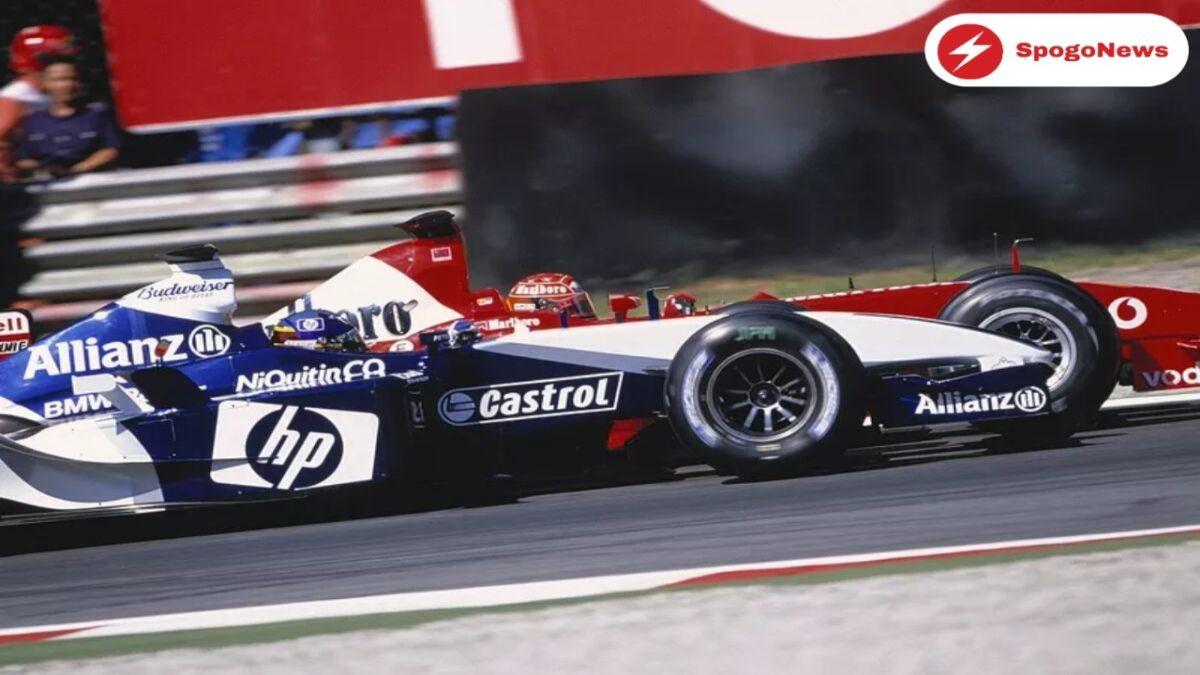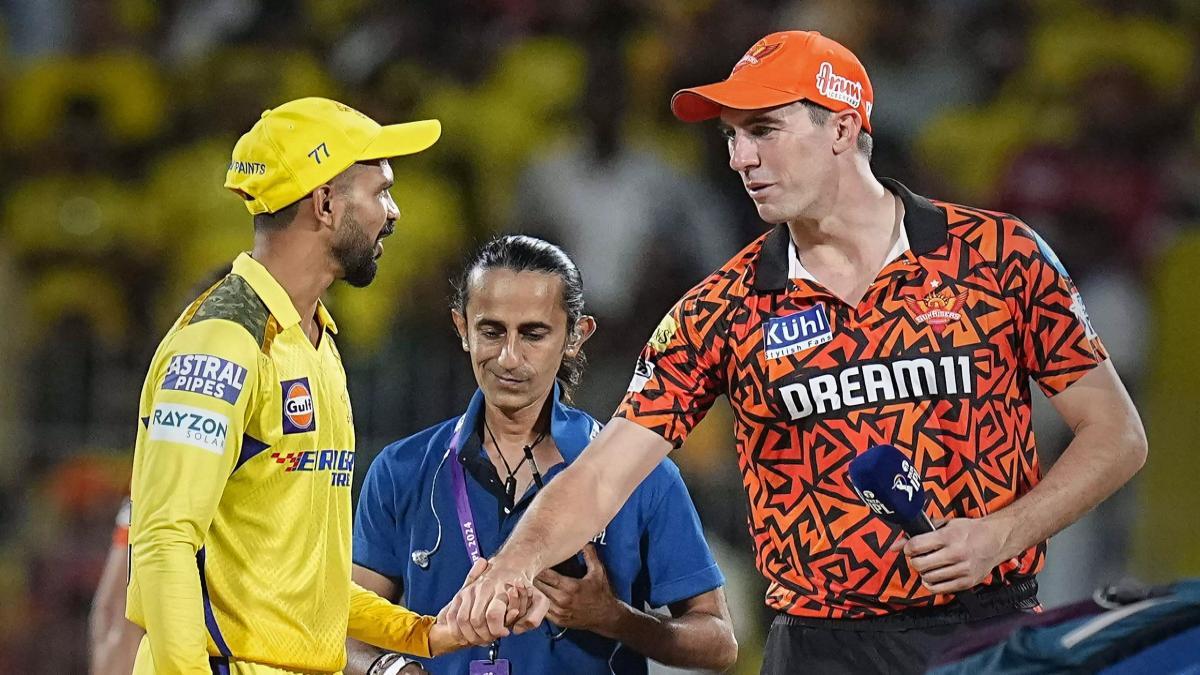(Motorsports news) Since Michelin’s departure at the end of 2006, F1 has been devoid of tyre conflicts. Long-serving Bridgestone engineer Kees van der Grint considers it a watershed point in modern motorsport history since, in the years since, competition between tyre producers has gradually faded from categories all over the world.
The stunning sight of Damon Hill’s Bridgestone-shod Arrows overtaking Michael Schumacher’s Goodyear-rubbed Ferrari for the lead in the 1997 Hungarian Grand Prix is one of the decade’s most lasting pictures in Formula 1. For a different reason, the sight of Schumacher, now sporting Bridgestones on his Prancing Horse, leading away a grid of six cars at Indianapolis in 2005, following the withdrawal of Michelin’s runners for safety reasons, was also memorable.
“Some team bosses complained – and were obviously not the team bosses on Bridgestone – that they had the best car but, because they had no control over the tyre, they could not win,” says the Dutchman. “The lobby was powerful, and then everything changed.” Michelin was looking for a battle, therefore they pulled out because they didn’t want one-make tyres and wanted to fight Bridgestone.”
As most big international and national series currently have single-supplier partnerships, with many refusing to ever consider tyre competition, Super GT in Japan, the European Rally Championship, and the Nordschleife-based NLS endurance series are increasingly anomalies among the herd. Since its beginning, Formula E has followed this strategy, first with Michelin and then with Hankook for the Gen3 vehicles.
“Definitely, we’re not interested in a tyre war,” FE co-founder Alberto Longo adds. “We’re far more concerned with sporting equality.” Having two sets of tyres from two different manufacturers can offer you a three-second edge. That, in my opinion, would be detrimental to the sporting equity of any sporting property.”
The World Rallycross Championship, which debuted in 2014, has similarly been a single-supplier series from the start. With its long-term partner Cooper’s Melksham manufacturing plant set to close at the end of this year, change is on the horizon, but series coordinator Tim Whittington insists that “it will still be a single-supply deal.” Cost and sustainability are identified as “the two biggest items” behind that position.
Van der Grint, a critical member of Schumacher’s title-winning arsenal during Ferrari’s heyday, laments the steady demise of tyre warfare. As a “big fan of competition,” he cites Hill’s surprise appearance in Hungary in 1997 as an example of the benefits it can provide, and believes having rival suppliers in F1 2023 would be “great for the sport” by adding greater unpredictability.
“I don’t think a tyre competition would damage the show at all,” he says. However, as FIA director of circuit sport Marek Nawarecki points out, the on-track display is only one factor in deciding whether or not to hold a tyre war. “It’s not only what we see on the track which is the full picture,” he says.







